What You Can Do in Santiago de Compostela
6 min read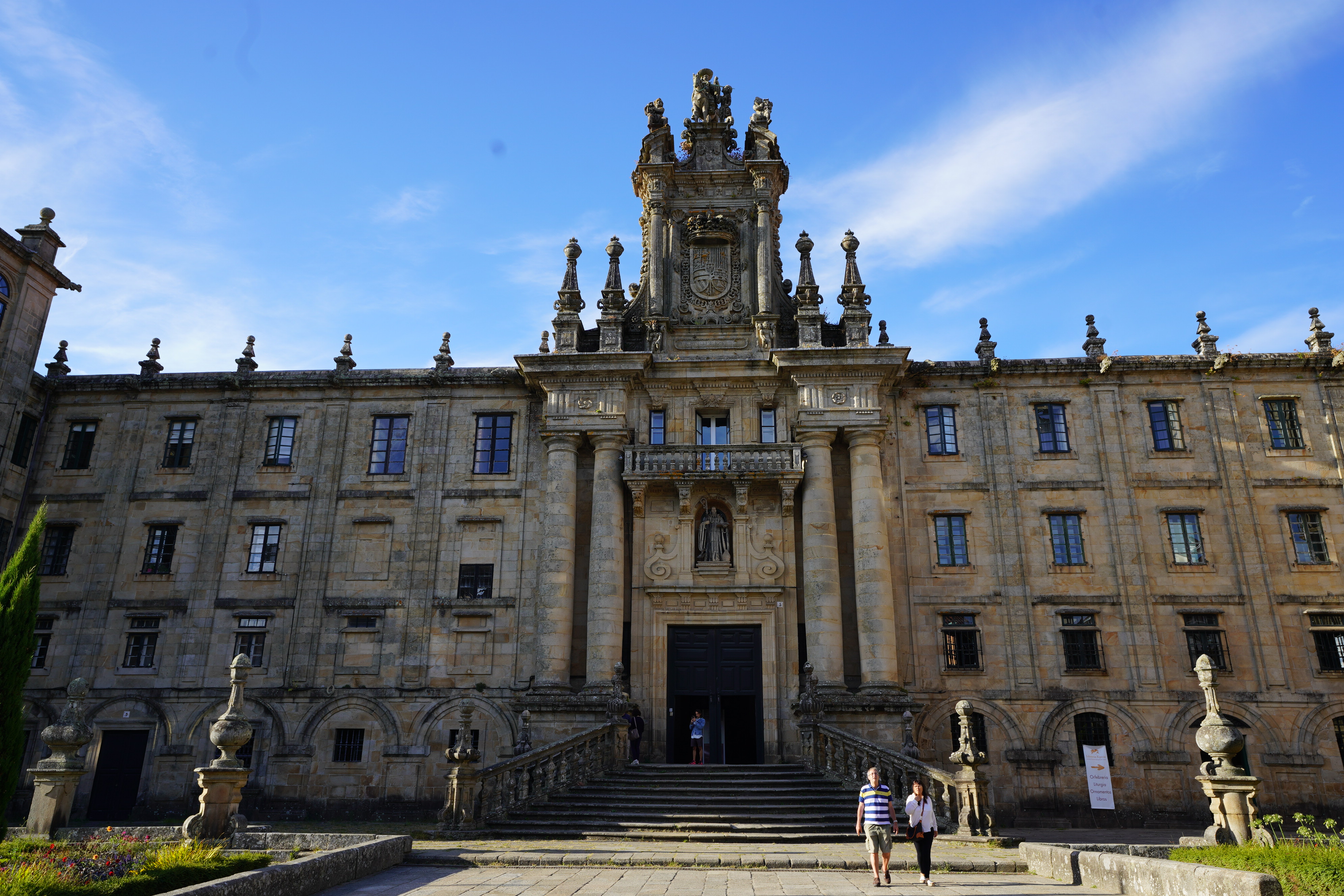
Santiago de Compostella might not be a well known destination for Malaysian. Most of Malaysian I believe only know on Andalusia route, Madrid or Barcelona. Recently I got the chance to explore Santiado de Compostela, a historic city proudly earned the the UNESCO World Heritage Site. Now the city become a major pilgrimage site, I had the chance to see and experience by myself what this old charm city can offe.
A stroll walk around the city old town, you will see Romanesque, baroque and romantic buildings comprise the landscape. Café and Galician eateries can be seen. I noticed scallopes shells etched and painted throughout the city, which is a testament to the centuries-old pilgrimage.
Here are our top thing’s to do in Santiago de Compostela
Cathedral of Santiago de Compostela
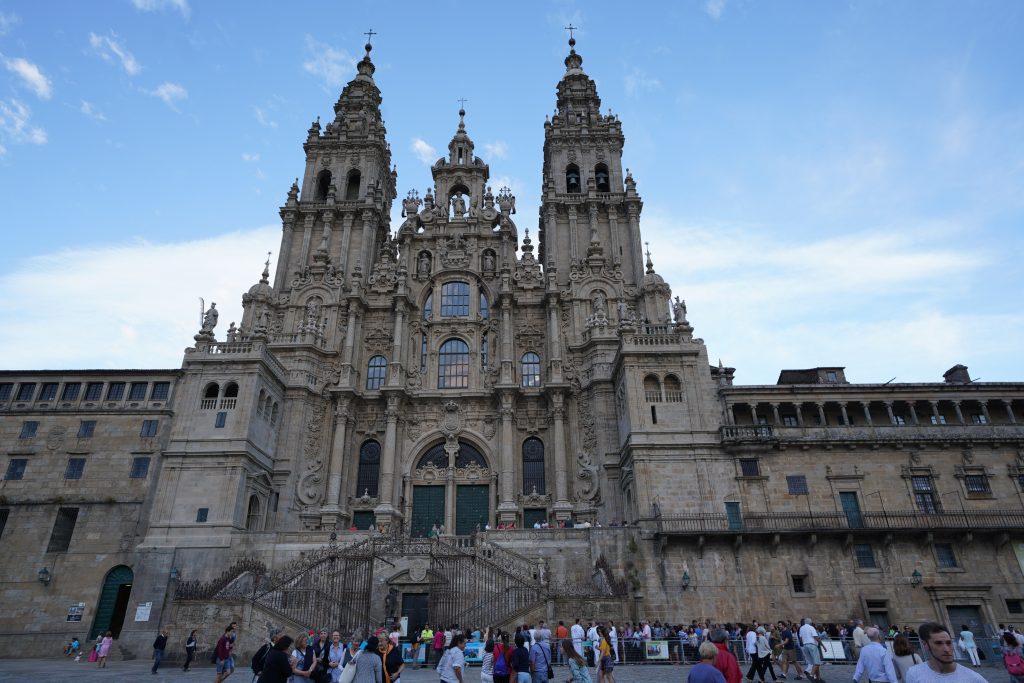
Landmark of the city and one of Spain’s biggest attraction. The cathedral was built over the resting place of the Apostle Saint James. The structure was destroyed by invading Moors in the year 997, but had its grandeur restored and now stands as one of Europe’s finest Romanesque-style buildings. The western façade, or the obradoiro façade, reveals 243-foot tall (74 m) towers, large windows and a sizeable representation of St. James dressed in pilgrim attire. Inside is the iconic 12th century Pórtico de la Gloria. The portico has three arches for each nave of the church. Its central arch has a figure of St. James. Its jambs (columns) have elaborate depictions; the left-hand side has prophets, with the most notable being Daniel; and the right-hand side features the apostles Peter, Paul and John.
Inside, visitors can tour the high altar and four of the 16 chapels. To see more of the cathedral including its gothic cloisters, visitors must pay an admission fee to enter the Cathedral Museum that will covers access to various other sections of the cathedral including the crypt of the Pórtico de la Gloria, the Chapel of Relics and Treasury, Sacred Art Exhibit and gothic cloisters. Visitors who pay the fee will also gain access to a balcony overlooking Praza do Obradoiro. Finally, visitors can visit the shrine of the Apostle St. James.
Praza do Obradoiro
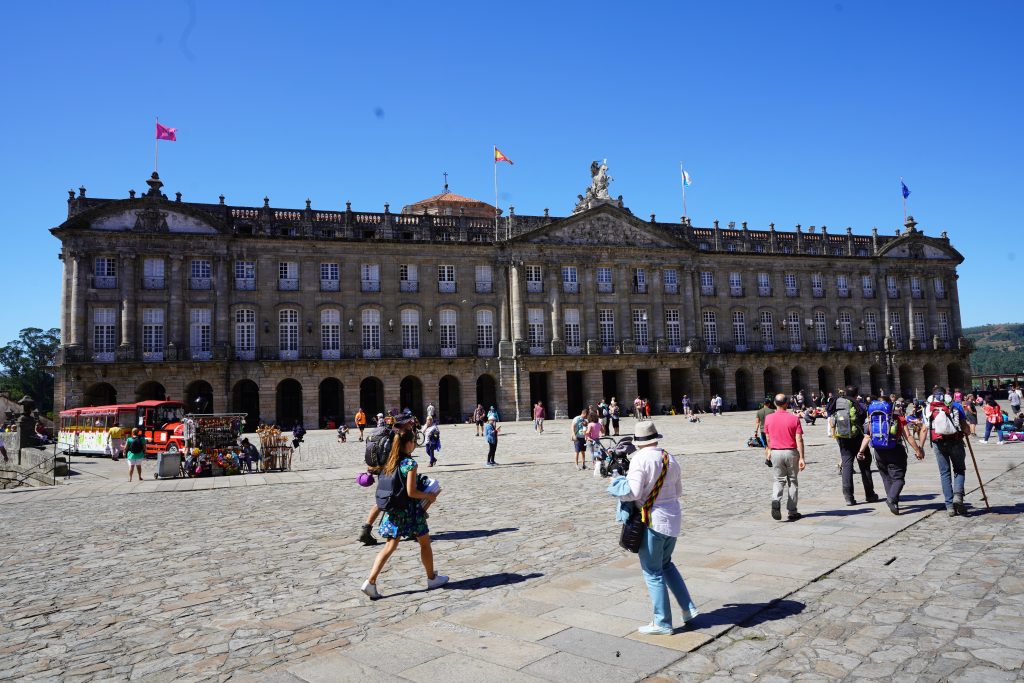
Praza de Obradoiro surrounding this grand cathedral, an elegant and expansive square that has been receiving pilgrims since the 12th century. The Hostal de los Reyes Católicos, which was constructed in 1501 and used as a pilgrim hospital, is now a parador, or government-owned luxury hotel stand next to the square and Palacio de Raxio, or the City Council Administration, which sits directly across the plaza from the cathedral. The center of Praza do Obradoiro is considered to be “kilometer zero” of every Camino de Santiago route.
Praza de Cervantes
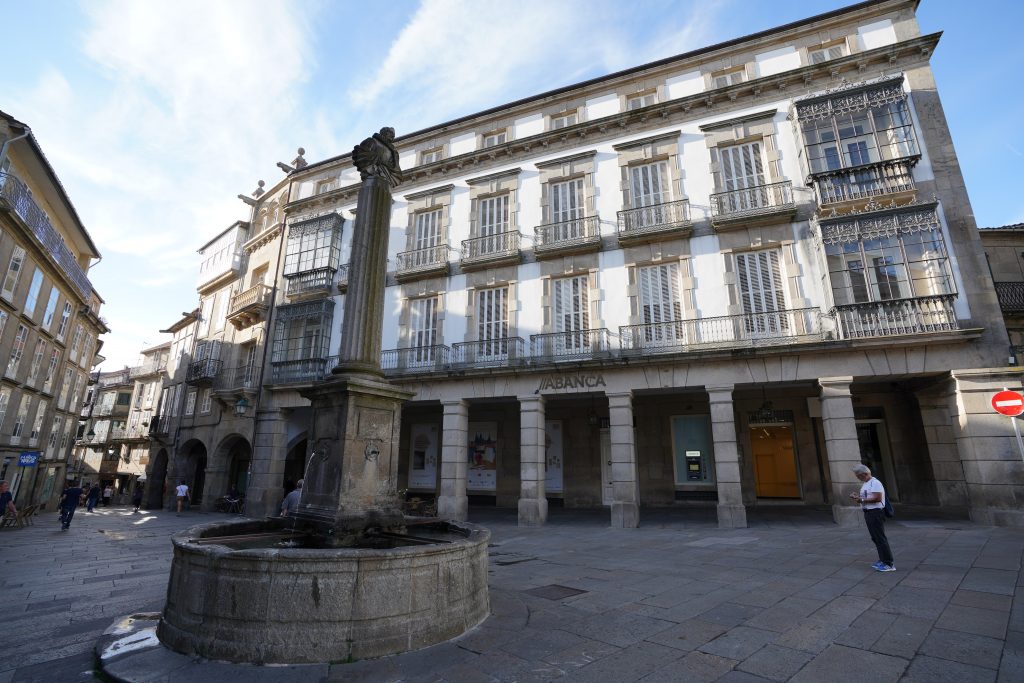
The square is named after Spanish novelist and author of Don Quixote. This square was home to the city’s main marketplace during the 12th century. From what I can see, Praza de Cervantes is dominated by a 16th century baroque building. It served as the official town hall for 200 years, and now is the only intact municipal building of its kind in Galicia. This place has a dark past. When restorations of the building on place, it was revealed that its interior was a medieval house of horrors. The lower levels of the building were used as dungeons to hold heretics and people suspected of blasphemy during the dark days of the Spanish Inquisition (1480-1834). But outside in Praza de Cervantes is where the real terror took place. Auto-de-fe, or public penance, was a common form of punishment for victims of the Inquisition. It usually involved a trial, public judgment, torture and burning at the stake. The square used to have a rollo, or column, where prisoners were tortured before being killed. The gallows were located nearby, but were eventually dismantled and removed. Nowadays, Praza de Cervantes become a different place where you can spot a fountain dedicated to Miguel de Cervantes.
Praza das Praterías
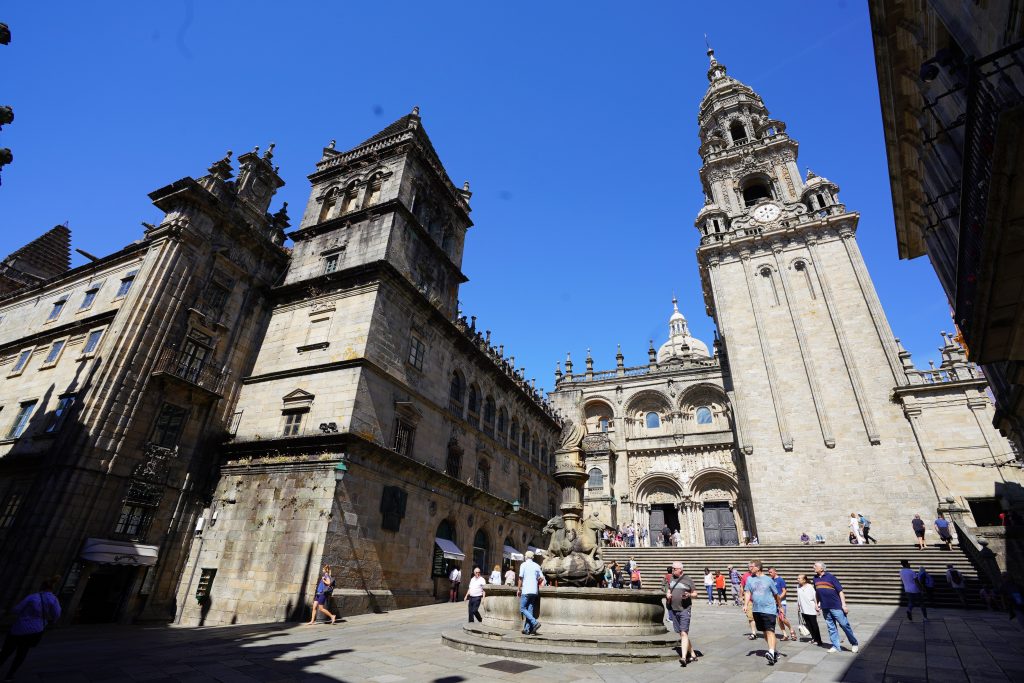
Praza das Praterías, or known as Silversmith’s Square, is named after the silver workshops of the middle ages. Praza das Praterías’ architectural features include a clock tower, the 19thcentury Fuente de los Caballos, or Fountain of the Horses, and the northern façade of the cathedral. This Romanesque façade, known as the Puerta del Paraíso, is highly ornate with several friezes of angels, apostles and symbols of the zodiac.
Museum of the Galician People
The Museo do Pobo Galego is a wonderful way to acquaint yourself with Galician culture and history. Open since 1977, the museum’s galleries display numerous objects from all over Galicia including traditional clothing, folk music recordings, paintings, religious art and sculptures. Every gallery speaks of a different aspect of Galician past and present. The Museum of the Galician People is open Tuesday to Saturday 10 a.m. to 2 p.m. and from 4 p.m. to 8 p.m; Sunday 10 a.m. to 2 p.m.; closed on Mondays. Admission is €3.
Mercado de Abastos
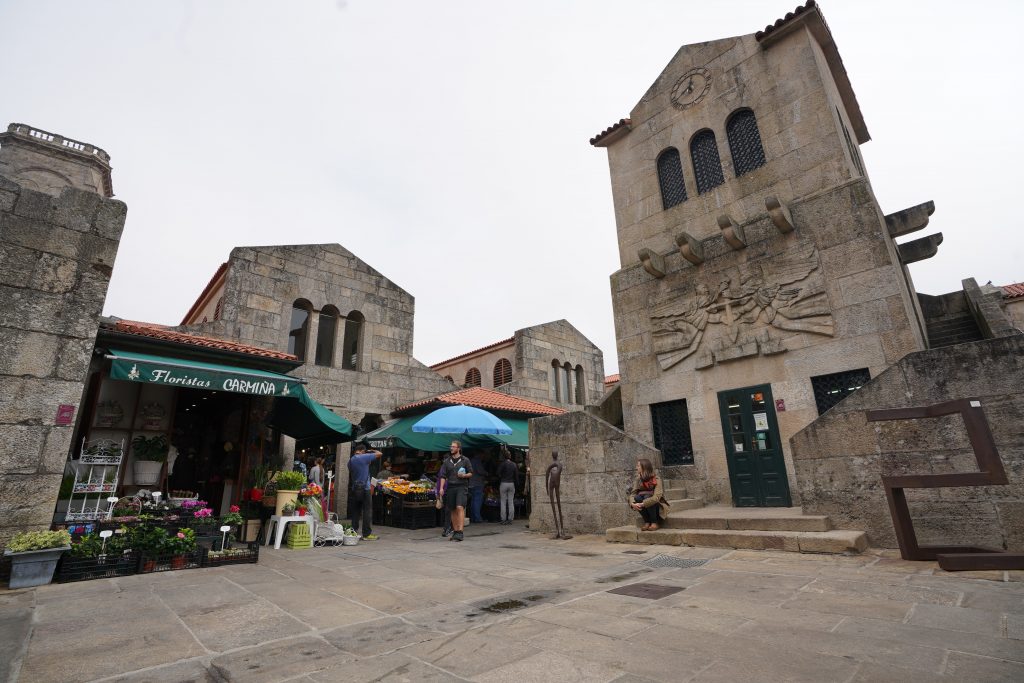
Every time I visited a country, the local market is a must visit place for me. Local market is the best place to shop for a local product or souvenirs. You also got the chance to interact with local people and try the local delicacies. Mercado de Abastos is an indoor market and one of the city’s top attractions. Since 1873, market vendors have been peddling produce, meats, cheeses, fish, poultry and house wares at this indoor gastronomic paradise. The Mercado de Abastos is open Monday to Saturday 7 a.m. to 3 p.m. Come early to avoid the late morning rush from 11 a.m. to noon.
Pilgrimage Museum
In honor of the thousands of peregrinos, or pilgrims, that traveled to this city, the Pilgrimage Museum was officially established in 1996. It was created to compliment the city’s other attractions and educate visitors about the centuries of pilgrimages completed here. The museum consist of eight rooms showcase the origins of the pilgrimage, iconography of St. James and craft traditions of the city. The Pilgrimage Museum is open Tuesday to Friday 10 a.m. to 8 p.m.; Saturday 10:30 a.m. to 1:30 p.m. and from 5 p.m. to 8 p.m.; Sunday 10:30 a.m. to 1:30 p.m.; closed on Mondays. Admission is free.
Our View
I really fall in love with this charismatic and historical old town like Santiago de Compostela’s. I love the the Galician gastronomy, the local people that ae very friendly and the culture. A mass is held for them everyday at noon in the cathedral. Try to stop at Praza de Obradoiro more than once to get good shots of the cathedral. Also come at night and you will see a different shots of the cathedral. In terms of dining, be prepared to wean yourself off an early eating schedule. This was probably one of the hardest adjustments I had to make in Galicia. People here eat very late. Lunch is typically at 2 p.m. and dinner at 9 p.m. to 9:30 p.m. Pack your bag and come to experience the sights, the tastes and the historical significance of the city.
Additional Travel Information
Getting around: Walking is the best way to take in the city, but there is also a pubic bus, plenty of taxis and bicycle rentals
Shopping: A lot of things that you can buy here. Lot of souvenir shop that you can choose. The best thing is all the shop accept credit card is you don’t have enough cash, even for a one euro transaction. Also there are lot of silver shops that sell small charms to large and ornate reproductions of the cathedral. The outdoor “hippie market” on Rua Nova sells costume jewelry and other handmade accessories. It is open daily from 10 a.m. to 8:30 p.m. A typical dessert to buy in the old town is the Tarta de Santiago, a traditional crumb cake bearing a symbol of the cross in powdered sugar. It is typically eaten with coffee. Also head to Roxa Plaza, Xeneral Pardiñas, Galicia Plaza, Doutor Teixero, Rupública del Salvador, República de Arxentina and Montero Ríos Streets where the city’s upscale boutiques are located. Here you will find a cinema, a variety of restaurants and all the big Spanish brands like Zara, Bershka and Massimo Dutti.
Nightlife: The historical center is packed with cafés, pubs and bars, while the newer part of the city houses the nightclubs and dance venues (the Roxa Plaza area, República de Arxentina, Santiago del Estero, Santiago de Chile and Calle Nova de Abaixo Streets).
Currency: Euro.
How to go : There is no direct flight to Santiago de Compostela from Kuala Lumpur. You can take Qatar Airways to Madrid and choose Iberia Airline to Santiago. Both Qatar Airways and Iberia Airlines are sharing code so you don’t need to take your luggage at Madrid Airport. You also can take bus or train from Madrid.





